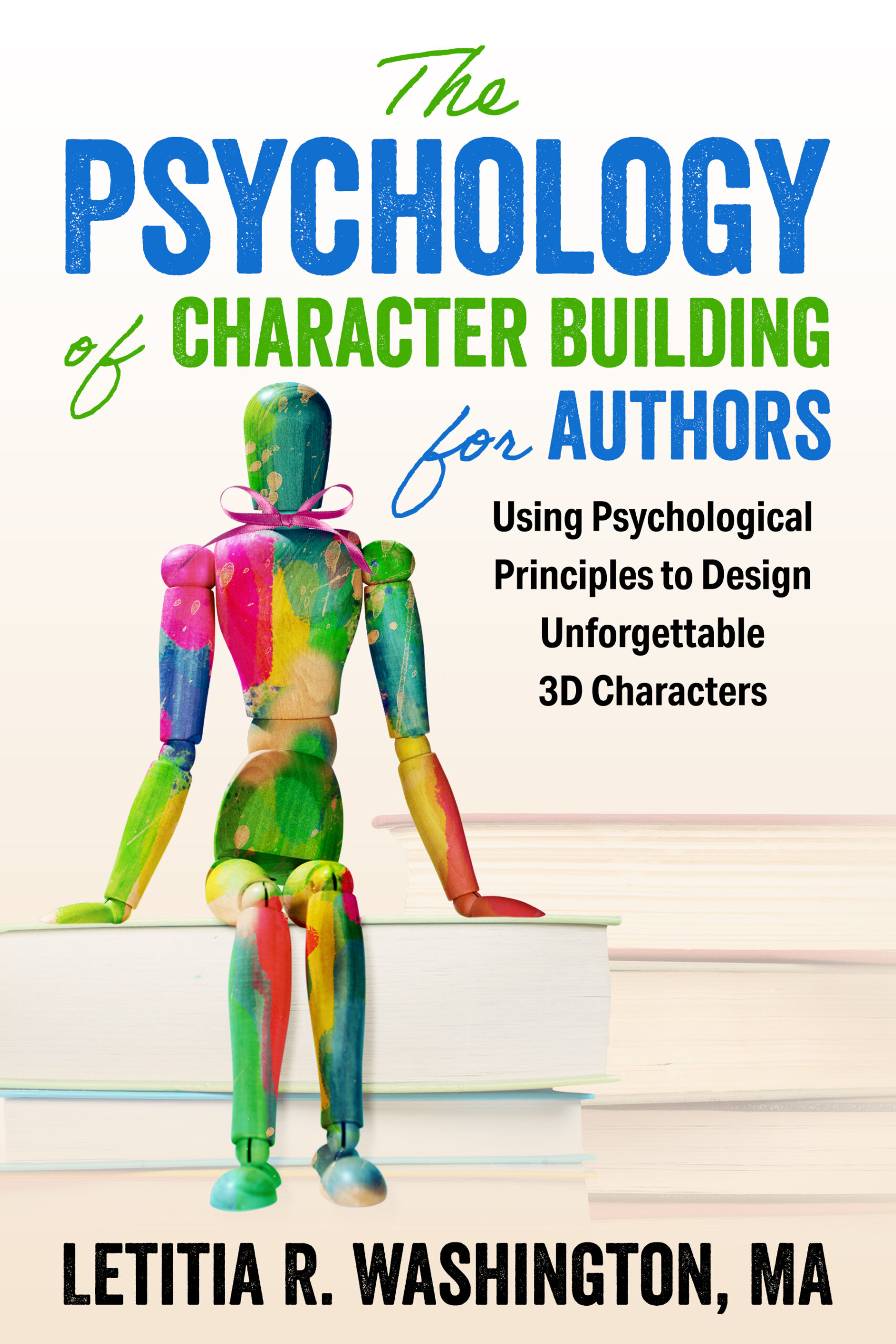
In the realm of creative writing, heroes are more than just characters who drive the plot forward; they are the heart and soul of your story. Understanding and tapping into your hero’s emotions is crucial for creating compelling narratives that resonate deeply with readers.
Emotions not only humanize your hero but also provide the reader with a window into their inner world, making the journey more immersive and impactful. Here’s a detailed guide on how to effectively harness your hero’s emotions in your writing.
The Importance of Emotional Depth
Emotional depth in a hero is what transforms a flat character into a dynamic one. Emotions provide motivation, shape decisions, and drive actions. They also make your hero relatable, allowing readers to connect with them on a personal level. This connection is essential for maintaining reader interest and investment in the story.
- Relatability: A hero with authentic emotions mirrors the human experience, making them more relatable. Readers are more likely to empathize with a character who feels joy, sorrow, fear, and love in realistic ways.
- Motivation: Emotions are often the driving force behind a hero’s actions. Understanding what your hero feels helps to explain why they make certain choices, adding layers to their character and making their journey more believable.
- Conflict and Growth: Emotional struggles and triumphs create compelling conflict and drive character development. Witnessing a hero navigate their emotional landscape allows readers to experience growth and transformation alongside them.
Techniques for Exploring Your Hero’s Emotions
To effectively tap into your hero’s emotions, you need to employ a variety of techniques that reveal their inner world to the reader. Here are some strategies to consider:
- Show, Don’t Tell: Instead of directly stating how your hero feels, show their emotions through actions, dialogue, and internal monologue. For instance, instead of writing “John was angry,” describe how he clenched his fists, his face turned red, and he spoke through gritted teeth.
- Internal Monologue: Use your hero’s thoughts to delve deeper into their emotions. Internal monologue allows readers to hear the character’s inner voice, providing insight into their fears, hopes, and desires. This technique is particularly effective for conveying complex or conflicting emotions.
- Dialogue: Emotions can be powerfully conveyed through dialogue. The way your hero speaks—tone, word choice, pacing—can reveal their emotional state. Pay attention to subtext as well; what is not said can be as revealing as what is said.
- Body Language and Facial Expressions: Nonverbal cues are a vital part of emotional expression. Describe your hero’s body language and facial expressions to convey their feelings. Slumped shoulders can indicate defeat, while a bright smile can suggest joy or relief.
- Sensory Details: Emotions often heighten the senses. Use sensory details to immerse readers in your hero’s emotional experience. Describe how the world feels, smells, sounds, and looks from their perspective when they are happy, scared, or grieving.
Building Emotional Arcs
An emotional arc is the journey your hero undergoes in terms of their emotional state from the beginning to the end of the story. Crafting a strong emotional arc is essential for character development and overall narrative impact.
- Starting Point: Establish your hero’s emotional baseline at the start of the story. This provides a reference point for measuring their growth and changes.
- Challenges and Triggers: Introduce events and situations that challenge your hero’s emotional state. These triggers should be significant enough to cause an emotional response and propel character growth.
- Climax: The emotional climax is often tied to the story’s overall climax. This is the point where your hero faces their greatest challenge and their emotions reach a peak. It’s a moment of intense vulnerability and revelation.
- Resolution: Conclude the emotional arc by showing how your hero has changed emotionally. This can be a return to a new normal, a moment of acceptance, or a newfound strength.
Playing on Your Hero’s Trauma Using CBT Principles
Cognitive Behavioral Therapy (CBT) offers valuable insights into how trauma shapes a person’s emotions and behaviors. By applying CBT principles to your hero’s emotional journey, you can create a more authentic and nuanced portrayal of their trauma and growth.
- Identifying Core Beliefs: Trauma often leads to the formation of negative core beliefs. These beliefs shape how your hero sees themselves and the world. For instance, a hero who survived a traumatic event might believe they are powerless or that the world is inherently dangerous. Understanding these beliefs helps to explain their actions and reactions throughout the story.
- Triggering Emotional Responses: Use specific events or interactions to trigger your hero’s trauma-related emotional responses. These triggers can be people, places, or situations that remind them of their trauma, leading to intense emotional reactions. This technique adds depth to their emotional arc and provides opportunities for growth.
- Cognitive Distortions: Highlight your hero’s cognitive distortions, such as black-and-white thinking, catastrophizing, or overgeneralization. These distorted thoughts can create internal conflict and drive the plot. For example, a hero who catastrophizes might interpret a minor setback as a complete failure, leading to a crisis of confidence.
- Emotional Regulation: Show your hero learning to manage their emotions through healthy coping mechanisms. This can include self-reflection, mindfulness, or seeking support from other characters. Their journey towards emotional regulation can be a significant part of their character development.
- Reframing and Growth: As your hero confronts their trauma, use CBT techniques like reframing to show their growth. Reframing involves changing negative thought patterns into more positive or realistic ones. For instance, a hero who initially believes they are powerless might, through their experiences, come to see themselves as resilient and capable.
Tapping into your hero’s emotions is essential for creating rich, engaging narratives. By understanding their emotional depth, employing techniques to reveal their inner world, and crafting a compelling emotional arc, you can create heroes that resonate deeply with readers. Incorporating CBT principles into your hero’s emotional journey adds authenticity and depth, making their experiences and growth more believable.
If you’re eager to explore more tapping into your Hero’s emotions and using psychological principles to do it, I highly recommend checking out my book, The Psychology of Character Building for Authors. This comprehensive guide delves into the psychological underpinnings of character development, providing invaluable insights and practical techniques to help you create multifaceted characters that resonate with readers.
Happy writing!

